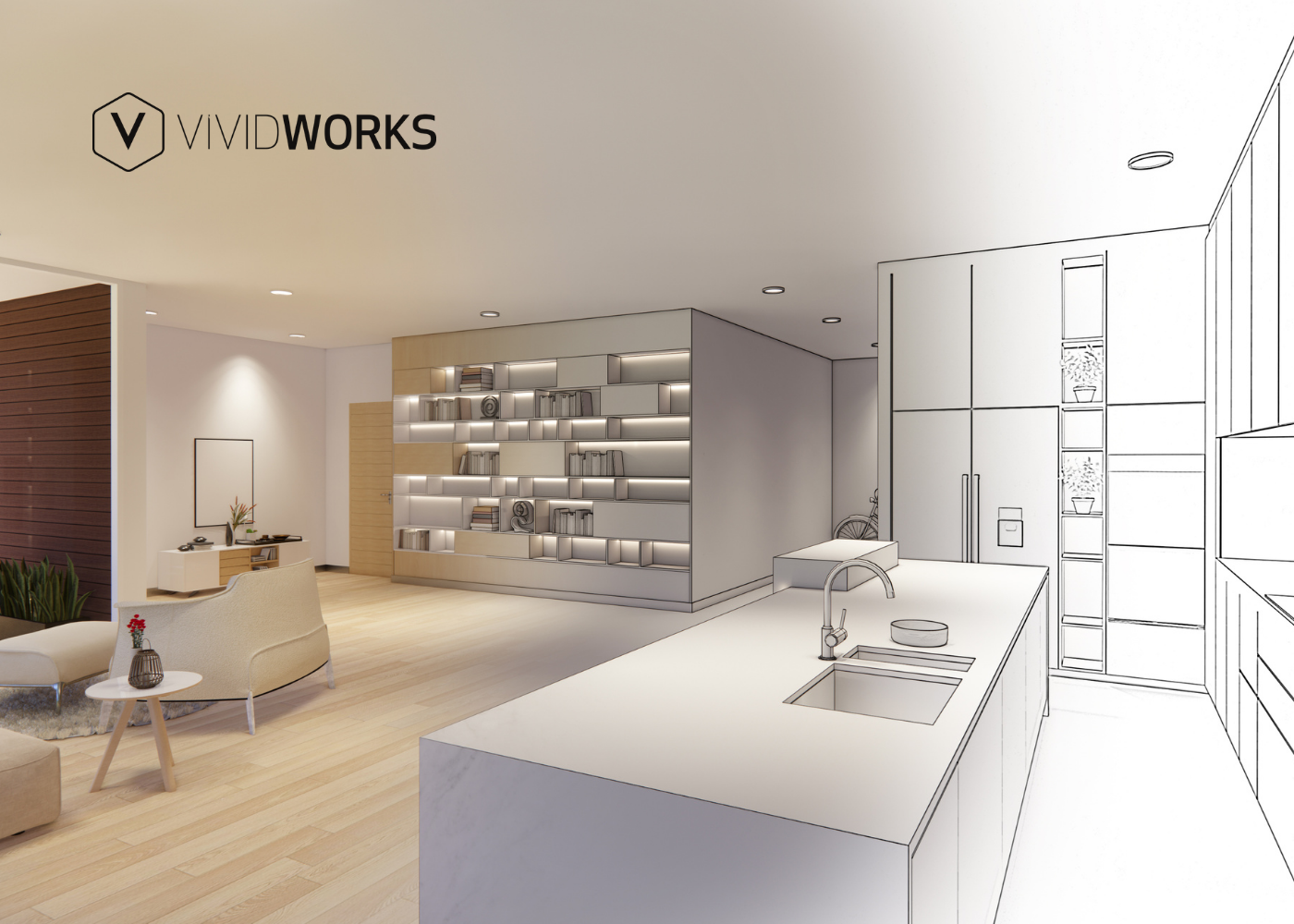Retailers who sell home goods and furniture, or building materials such as doors, windows, tiles, carpets, and the like, or devices and equipment such as electronics, have all been affected by the ongoing COVID-19 pandemic. The retailers who’ve been able to ride the wave of boost to e-commerce, have been fortunate. Now, as the world is taking steps to resuming life as it was before the pandemic, retailers need to ask themselves what they need to do, to keep the growth or resume back to growth of sales.
A visual CPQ is an excellent way for retailers to provide customers a way to customize their product to be what they want. They can build and modify the products they want or tell their aspirations to the salesperson in-store and watch as they come true before their eyes. But how can you tell if your CPQ is making an impact to your sales? In this post we cover some metrics you should be looking at.
Are customers interested in your products?
With a 3D product configurator or 3D room planner on your e-commerce website, you can easily track if customers are interested in your products, and if so, which products are they engaging with. You should be tracking product page views, configuration choices, placements to a room design, etc.
Can you optimize add-to-cart and conversion rates?
Adding 3D visualization instead of photos can increase the rate of products added to shopping cart, and overall conversion rate. But can you do something in addition to that? Looking at more detailed data on configuration choices like materials might give you clues. In the building materials industry transformation, similar tools are proving invaluable for enhancing customer engagement and driving conversions. Whether it's selecting the perfect tile or choosing the right wood finish, 3D visualization is becoming a critical component of this shift.
Can you sell more – what is your average order value?
When using 3D configurator or more advanced visual selling tools, statistics indicate that the conversion rates are better, and the average purchases are larger accordingly.
But there are also other metrics which you should look at when analyzing your realized sales. The most important of those is the value of a single order on average – i.e. average order value. With a 3D room designer, order values do tend to improve as a retailer can sell from multiple brands product catalogues and can sell a concept of a room instead of a single product.
Can you optimize sales per square meter?
When a retailer’s business is happening online and in a brick-and-mortar store a visual CPQ can also contribute to another important metric.
Thanks to the configurator, full range of products can be displayed easily and without the need for a large space. In case of furniture for example, all the fabrics, colors and models are available in the solution with a push of a button.
Increased sales combined with decreased floor space means inevitably better sales per square meter.
Are your customers delivered exactly what they need?
Returns are always costly and can destroy customer experience. With visual configurator retailers are able to deliver a complex product without mistakes.
Product visualization leads to well-informed decisions but also fact-filled orders. This means that all the variables such as dimensions or technical parameters are always correct, and the product comes out exactly the way consumer has planned and seen it. When the product looks familiar and feels like their own, customers are less likely to return the product or find anything wrong with it.
To sell sofas or another piece of furniture, salespeople don’t necessary need decades of experience working in the industry, because the configurator asks all the questions required.
The metrics that you should track are
- % of delivered products returned
- Categories of product return reasons: Errors in order, customer not happy with product, etc.
And finally, customer experience – hard to measure but you know it when its good
Visual configurator is an optimal tool for presenting all the combinations and variants of the product and even show the product in the environment it is planned to be placed. When there is no room for uncertainty, decision making is faster, and buyer’s remorse exists no more.
This certainty and lack of doubt is also called customer experience and when customers are satisfied with their experience, they’ll come back for more.
Table of Content
-3.avif)
Streamline your process today!



.avif)



